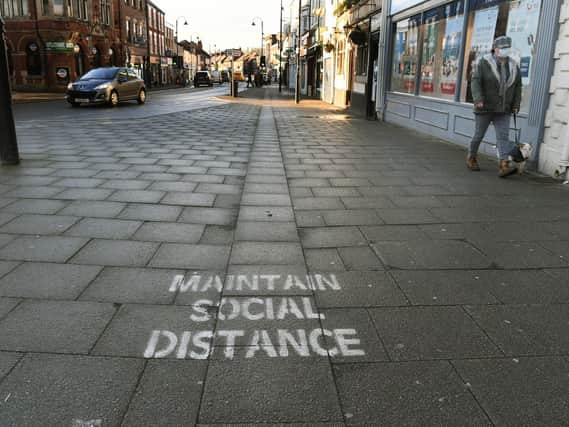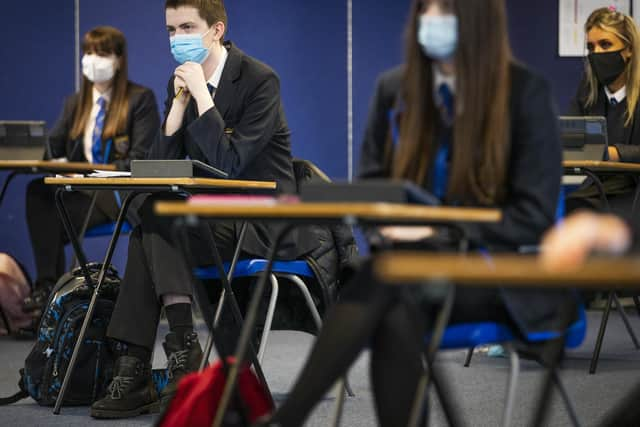Yorkshire has the highest infection rate in the country


On May 6, the infection rate stood at 44.1 cases per 100,000 people, after 2,428 new cases were recorded over a seven-day period.
The government figures also showed that five of the 10 areas with the highest infection rates in the country are in Yorkshire They are Barnsley (63.2), Doncaster (63.2), Wakefield (60.6), Kirklees (55.3) and Bradford (50.9).
Advertisement
Hide AdAdvertisement
Hide AdColin Angus, a senior research fellow at the University of Sheffield who analyses the data, said it is not clear why Yorkshire still has the highest infection rate.


Public health experts say areas that have high levels of deprivation or large numbers of people who need to leave the house regularly for work, use public transport or live in houses of multiple occupation tend to record more cases.
“These are all, these are all contributing factors, but something that's a bit puzzling is that all of these factors are also present in other parts of the North, such as Liverpool," said Mr Angus.
“It was one of the worst places in the country for infection rates for a very long time, but it's actually been doing great recently.
Advertisement
Hide AdAdvertisement
Hide Ad“On a small timescale, you get outbreaks and you can say case rates are higher over here at the moment because there's been an outbreak, but that's not what's going on here.
“This isn't about small like local outbreaks, this is about case rates, just being really stubborn about coming down.”
Dr Mike Gent, Public Health England Deputy Director for Yorkshire and the Humber, said there has been a significant drop in the number of Covid-19 cases and hospital admissions in recent months but urged people “not be complacent and continue to follow the guidelines”.
“The virus hasn’t gone away and we know has the potential to return,” he said.
Advertisement
Hide AdAdvertisement
Hide Ad“There is evidence Covid-19 doesn’t affect all population groups equally, with some areas having higher rates of infection than others.
“Some population groups appear more likely to experience severe disease and require hospitalisation.
“From what we can tell, different patterns of infection may partly reflect factors such as occupation, population density, use of public transport, household composition and housing conditions, as well as employment in work which does not allow either working from home or easy following of social distancing.
“It is important to remember, that although vaccination provides good protection, it isn’t a 100 per cent guarantee you won’t get the virus or spread it.
Advertisement
Hide AdAdvertisement
Hide Ad“We still need to keep social distancing, wearing our masks and washing our hands to stop the infection and bring down the numbers of people infected.
“We’re making good progress, but we aren’t done yet.”
Another 2,613 people in the UK tested positive for the virus on May 5, taking the total number of confirmed cases recorded during the pandemic to 4,428,553.
Government figures also show 127,583 people have died within 28 days of testing positive for the virus.
However, 34,934,171 people have now received at least one dose of a Covid-19 vaccine and 16,291,719 have had two.
In Yorkshire 2,725,298 people had received one dose by May 2 and 1,325,624 had received two, according to the latest NHS figures.